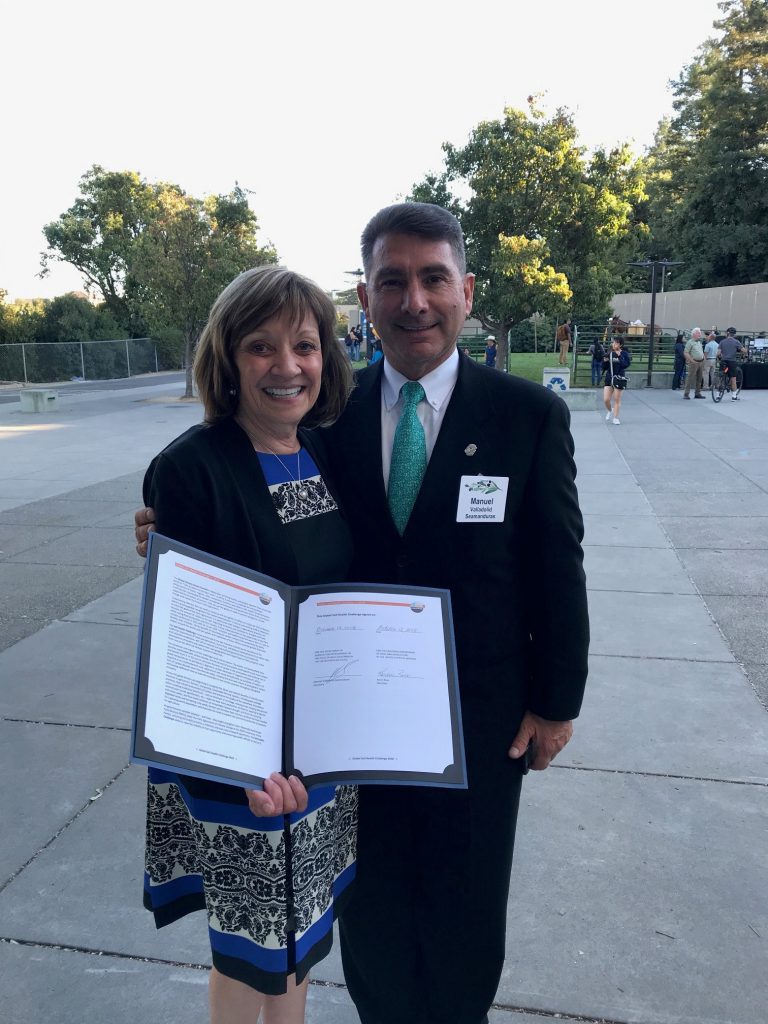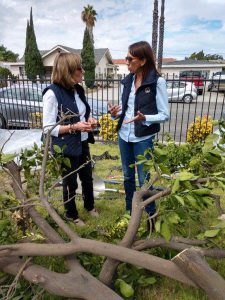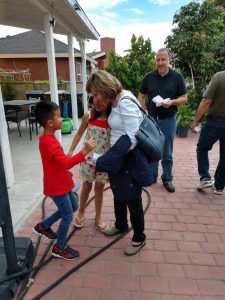
Today, October 16, is World Food Day, an annual day of reflection and action established in 1979 by the Food and Agriculture Association (FAO) of the United Nations to raise awareness of the issues behind poverty and hunger. The theme for this is year is, “Our Actions are Our Future,” and it ties into a message that a #ZeroHunger world by 2030 is possible.
For those asking what they can do to help achieve #ZeroHunger, the answers provided on the World Food Day web site are simple:
- Don’t Waste Food – If you have leftovers, freeze them for later, or use them as an ingredient in another meal. When you eat at a restaurant, ask for half a portion if you’re not feeling too hungry, or take your leftovers home.
- Produce More With Less – With a growing population expected to reach in 9 billion in 2050, farmers should find new, more productive ways to farm food and diversify their crops. Using an integrated farming approach will not only help farmers increase their crops’ yield, and thus their profits, but can also improve the quality of their farmland.
- Adopt a more healthy and sustainable diet – Life is fast-paced and trying to fit in preparing nutritious meals can be a challenge if you don’t know how. Nutritious meals don’t have to be elaborate. In reality, they can be cooked in a quick and easy way while using only a few ingredients. Share your quick nutritious recipes with your family, friends, colleagues and online. Follow sustainable chefs and bloggers online to learn new recipes or talk to your local farmer to see how they cook their produce at home.
- Advocate for #ZeroHunger – Everyone has a role to play in achieving #ZeroHunger, but countries, institutions and people need to work together to reach this goal. Establish ZeroHunger partnerships, share knowledge and resources, develop innovative strategies and discover new opportunities to contribute to the fight against hunger. Raise the topic with your local and national authorities, promote related educational programs in your community and amplify the #ZeroHunger message through your network.
The official World Food Day Ceremony was held today in Rome at FAO headquarters. Many other observations are occurring around the globe.













